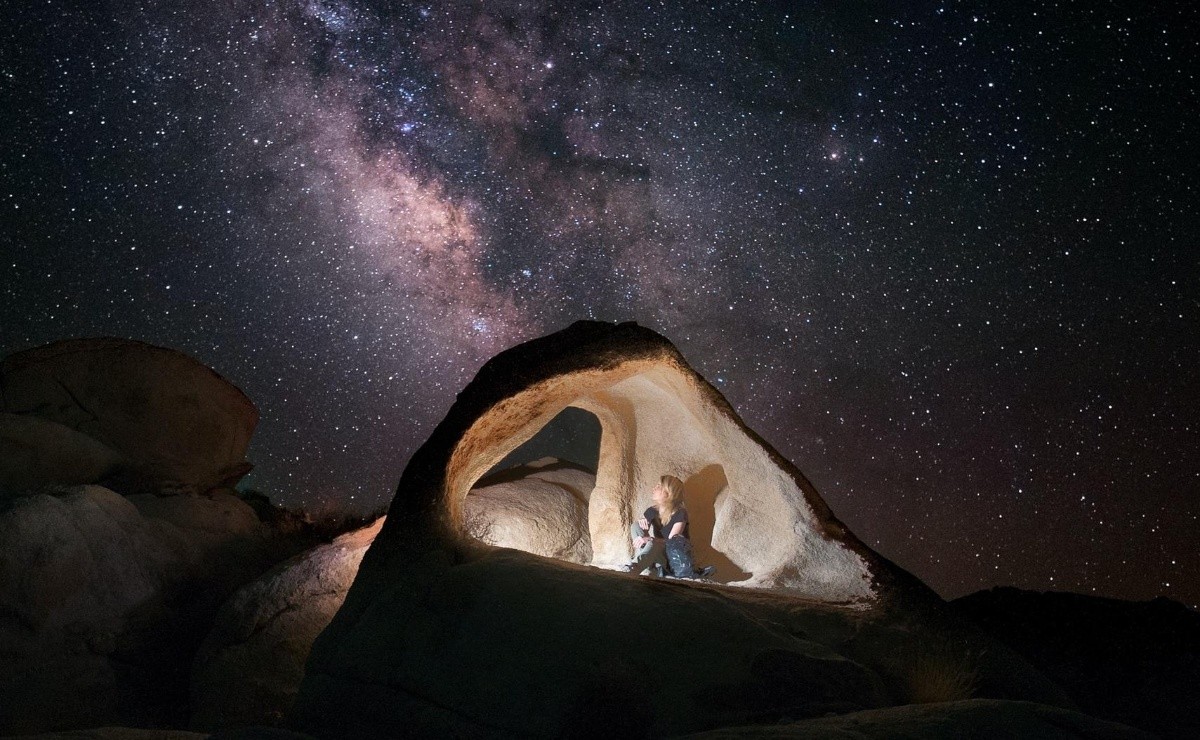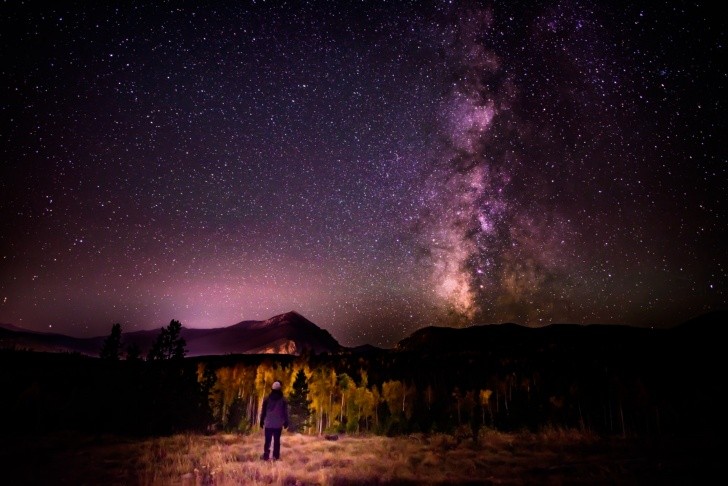
Astronomical phenomena will also surprise in this 2021 and inaugurate the calendar with a shower of stars that will illuminate the sky, we tell you where and when to see it so you do not miss this wonderful show.
Celestial events will also be part of this year and will be a wonder that you can enjoy, the calendar of these astronomical phenomena will start with the first meteor shower of 2021, we tell you where and when to see it so you don’t miss it, give way to a beginning of decade directing the sight towards the sky.
In this 2021 you will not be able to take your eyes off the sky, just as 2020 was loaded with events that the Universe gave away, these following 12 months will not be the exception, get ready for the first shower of stars, IN COUPLE tells you where and when to see it, Take out your telescope, prepare your camera and have your wishes ready.
According to data from the National Aeronautics and Space Administration (NASA), the meteor shower is the one that comes to surprise in these first days of January 2021, although it has already begun, you must prepare for its maximum observation point that is approaches, the sky will light up in an exceptional way that you cannot miss.

In this 2021, the celestial events will be part of the wonders that it gives in the Universe, for that you must be aware of what happens in the sky, soon you have an appointment to admire the rain of the quadrantid stars, which are meteors that carry a moderate speed that come from the constellation of the Boyero or Bootes.
This shower of quadrantid stars is generated from a shattered comet that is called 2003 EH1 and that results in 120 visible stars per hour, so it will be one of the most active astronomical phenomena of the year, so you cannot miss this event that you will surely love, it will even serve to make your wishes.
Where and when to see the Quadrantid Meteor Shower?
According to NASA, this shower of quadrantid stars has already started, but its maximum activity point will be the night of January 3 and the early morning of January 4, the best time to see it, is around 2:00 a.m. Tomorrow and yes, it can be appreciated in the Mexican territory, as long as they are places without much light pollution.
The meteor shower will last less than an hour and the researchers warn that it could be ahead of the scheduled time, so you should keep your eyes on the sky, you can even see fireballs, so choose a clear area and where you have visibility privileged so that you can better admire this magnificent event.